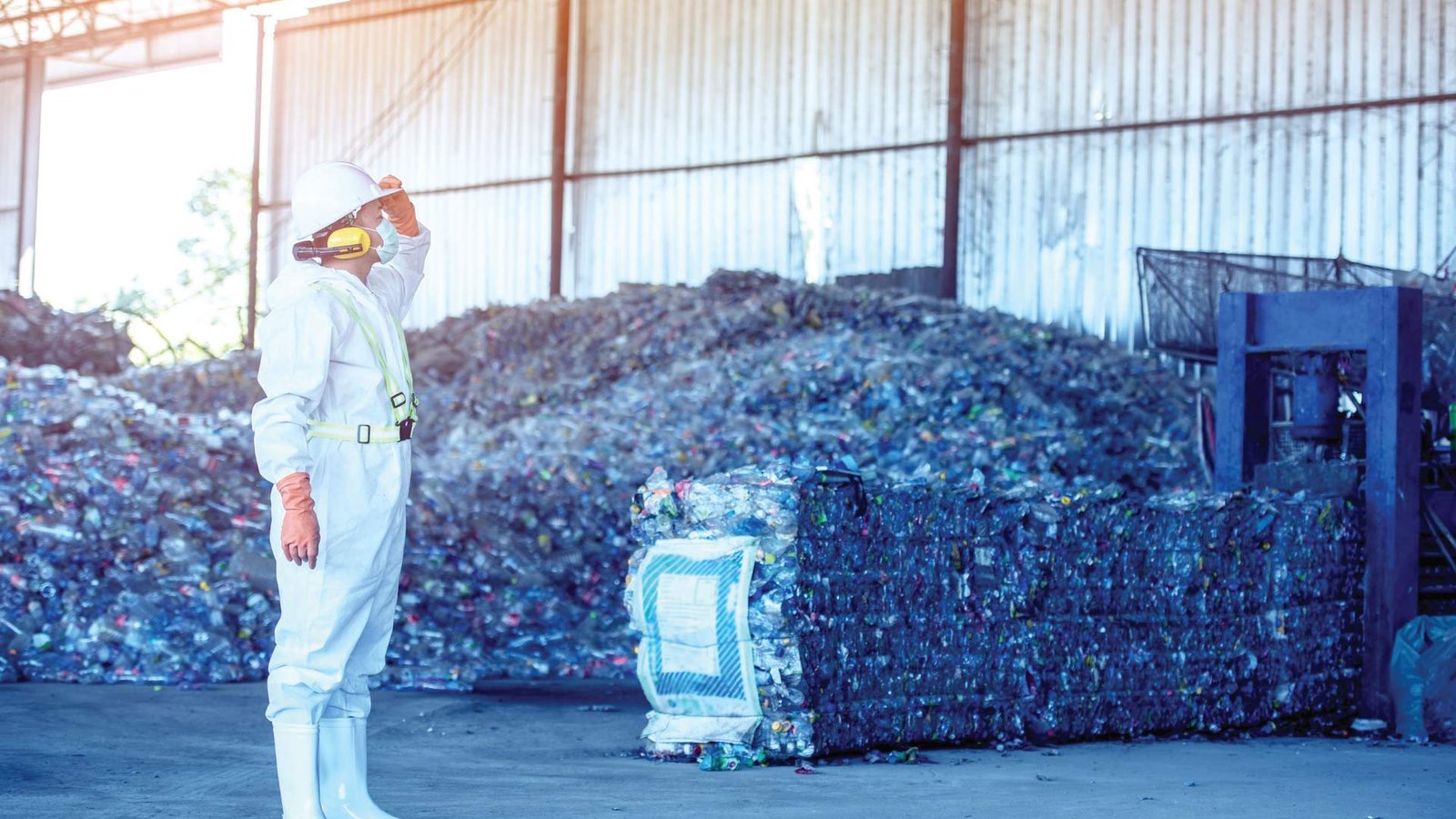As industries race toward net zero, sustainable plastics and new materials hold promise yet raise fresh risks. Explore how leaders can balance innovation with responsibility.
Sustainability ranks at the very top of each boardroom agenda today, but plastics and new materials still rage arguments. While they hold out the promise of a cleaner, more efficient world on one side, on the other, they bring with them legacy issues and new complications. To gain decision-makers who are pushing industries to net zero, the question is not if they should use sustainable plastics, but how, without passing on new risks.
Table of Contents
1. The Promise of Progress
2. Biodegradable Materials Under the Microscope
3. Hidden Risks Leaders Cannot Ignore
A Smarter Path to Sustainable Manufacturing
1. The Promise of Progress
Industries globally are rushing to adopt sustainable plastics and environmentally friendly plastics, with the hopes of achieving lofty ESG targets. Bioplastics alone, in packaging, are projected to expand at a compound annual rate of 17% by the year 2025, buoyed by government pressure and demand from consumers for more environmentally friendly options. The automotive and aerospace industries rely predominantly on high-tech composites to strip weight from the vehicle and shave emissions, and construction welcomes cutting-edge materials in pursuit of energy efficiency.
Sustainable production is changing rapidly. Closed-loop recycling systems and bio-based feedstocks are expanding, providing viable routes to minimize environmental impacts. Leaders in implementing these solutions already see not only environmental benefits but also increasing market share, particularly among environmentally aware consumers and institutional investors who are focusing on sustainability indices.
2. Biodegradable Materials Under the Microscope
But all that’s ‘eco’ isn’t necessarily true. Biodegradable products, although theoretically promising, tend to need industrial composting facilities that are too often out of reach at scale. Mismanagement directs many of these items to landfills, where they can’t break down, adding to microplastic pollution.
International regulation constricts in response. The UN Plastics Treaty and the European Union’s Green Deal are likely to impose stricter definitions and responsibility regarding green plastics by late 2025. Firms making unsubstantiated sustainability claims now face growing legal and reputational danger.
A recent industry report discovered that more than 60% of consumers do not trust corporate green claims, requiring measurable impact over marketing hype. This marks a turning point: companies need to support their material decisions with fact-based evidence of sustainability, not assumptions.
3. Hidden Risks Leaders Cannot Ignore
Scaling new sustainable plastics and advanced materials creates supply chain risk. Bio-feedstocks like corn and sugarcane are exposed to geopolitics and climate uncertainty, generating price volatilities and availability issues.
In addition, using a limited range of inputs can leave manufacturers vulnerable to unexpected shocks. CEOs need to balance the trade-offs with care, weighing environmental gains against operational resilience.
Investors are paying attention. ESG performance is now a central consideration in valuations, and capital is increasingly finding its way into companies that show real, quantifiable progress on sustainability. By 2025, this attention will only increase as disclosure standards firm up around the world.
A Smarter Path to Sustainable Manufacturing
In the future, plastics and cutting-edge materials should be integrated, not replaced. Visionary entrepreneurs will pursue both a dual route: investing in sustainable production technologies and creating frameworks for end-to-end lifecycle accountability. That means integrating circular design principles right up front, guaranteeing that material is recoverable and reusable on a large scale.
Cross-industry cooperation will also be crucial. Coalitions of manufacturers, recyclers, and policymakers can drive the creation of infrastructure for processing advanced materials in a responsible way. Transparency, traceability, and technology-based tracking will become the norm.Finally, plastics and new materials are neither evil nor heroes. They are potent instruments—if used with strategic vision. For C-suite executives, the call is unmistakable: welcome these materials as part of a larger, data-driven transformation, not as sustainability shortcuts.
Discover the latest trends and insights—explore the Business Insights Journal for up-to-date strategies and industry breakthroughs!

